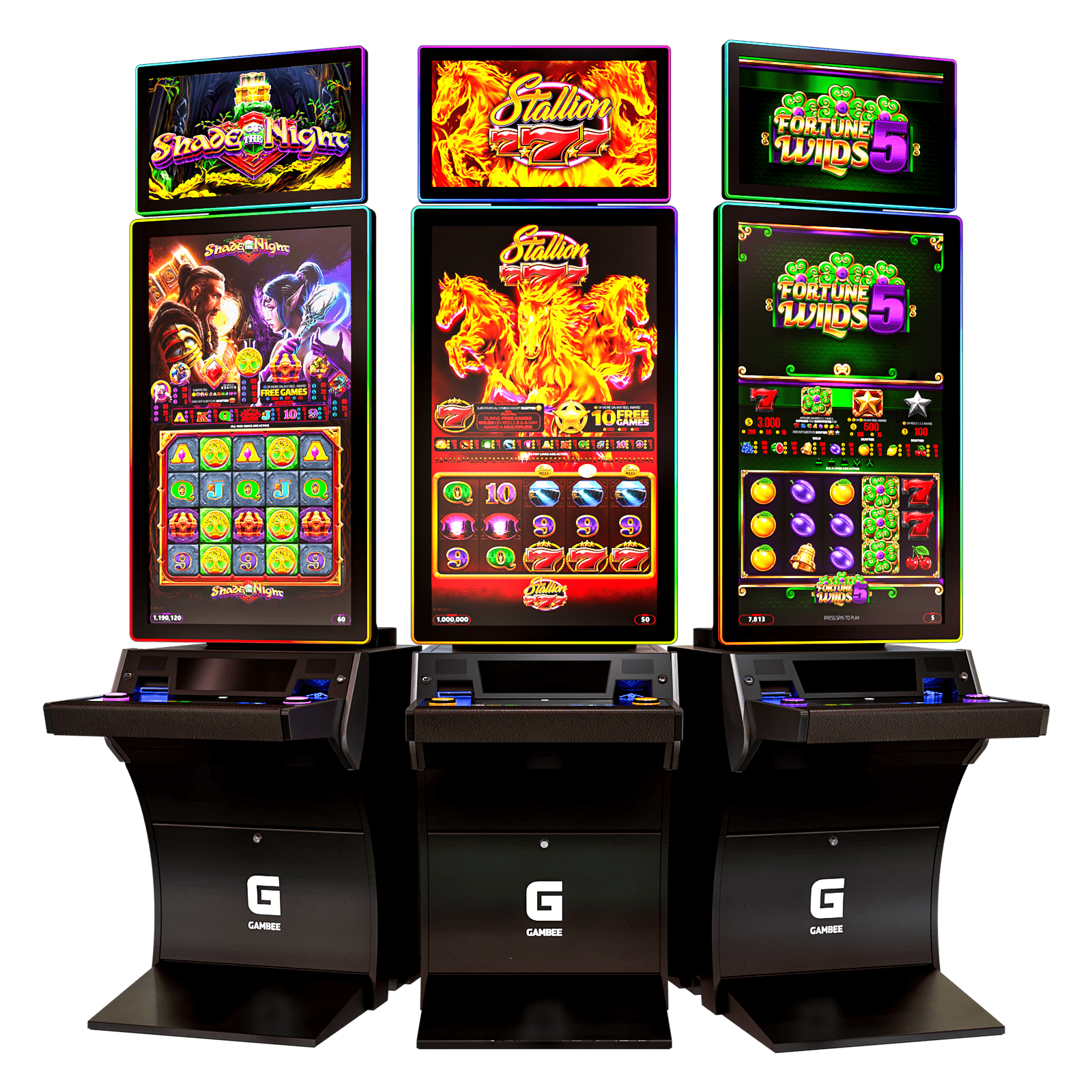Understanding How Slots Work

A slot is a narrow opening in a machine, container or surface. It is usually used to accept a coin or other item and initiate a particular action. A slot may also refer to a time period in which an activity is scheduled.
A gamer’s skill level and bankroll are the biggest factors that determine the success of their slot gaming experience. However, understanding how slots work and what the odds are from one machine to another can help players optimize their gameplay.
Traditionally, slots have been mechanical devices with reels that spin when a button is pushed. In modern times, they have been transformed into electronic machines using computer technology. As a result, there are many variations on the original slot machine concept. Some slots are progressive while others feature different themes and bonus levels.
In addition to the number of paylines, a slot’s pay table will display the regular symbols and their payout values, as well as any special symbols that can be triggered during the game. The pay table will also explain how the slot’s bonus features work. It will also contain a detailed description of the game’s rules and regulations.
When the slot machine’s reels stop spinning, the symbols that line up on a payline determine whether the player has won or lost. Depending on the game, some symbols can substitute for other symbols to complete a winning combination. Other symbols may trigger bonus rounds, free spins or jackpots. The pay table will describe how each symbol works, and what the chances of hitting them are.
While the mechanics of slot games are relatively simple, they can be complicated to navigate without a thorough understanding of how they work. Understanding how slots work can make them easier to play and increase a gambler’s chances of winning. Moreover, it can also enable them to make informed decisions when playing their favorite casino games.
Until recently, slot machines only had 22 symbols, which allowed only a limited number of combinations. But manufacturers began to incorporate electronics into their machines, which made it possible for a single symbol to appear on multiple reels and occupy several stops in a given position. This increased the potential jackpot size and led to a new generation of slot machines that have become increasingly sophisticated and innovative.
Regardless of how many reels a slot machine has or what type of symbols it uses, all slot machines follow the same basic principles to produce a random sequence of numbers. These numbers are then translated by the computer into a three-number sequence that corresponds to a specific reel location. Once the computer finds this sequence, it causes the reels to stop at those locations. Afterwards, the symbols on the reels will determine if the spin was a winner or not. The Liberty Bell machine, designed by Charles Fey in 1899, was the first to use this method and became the model for later slot machines.